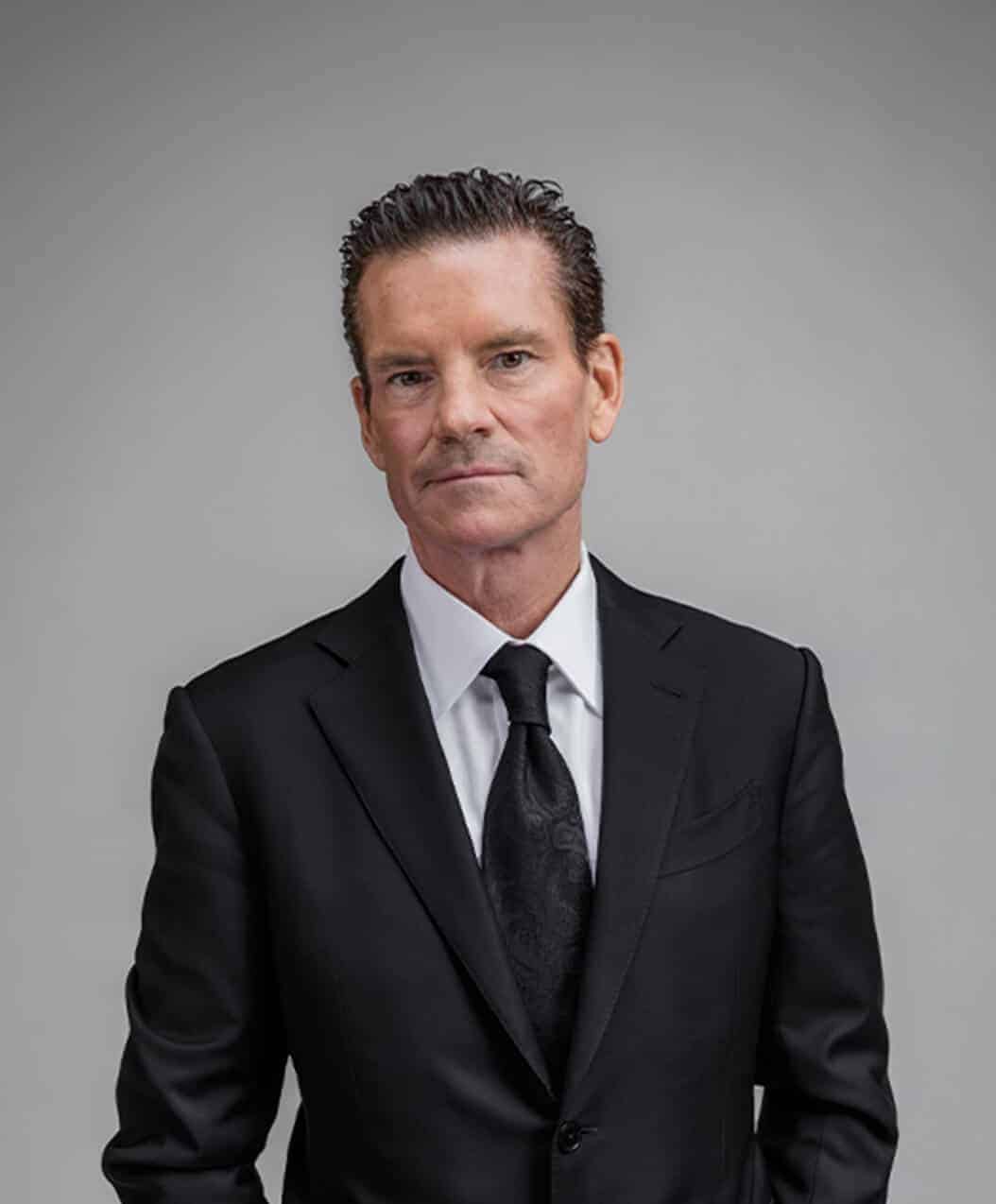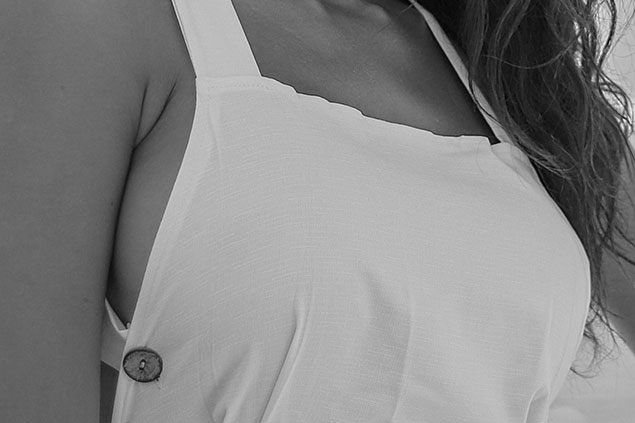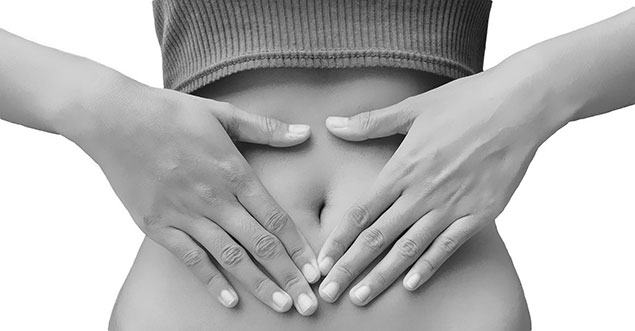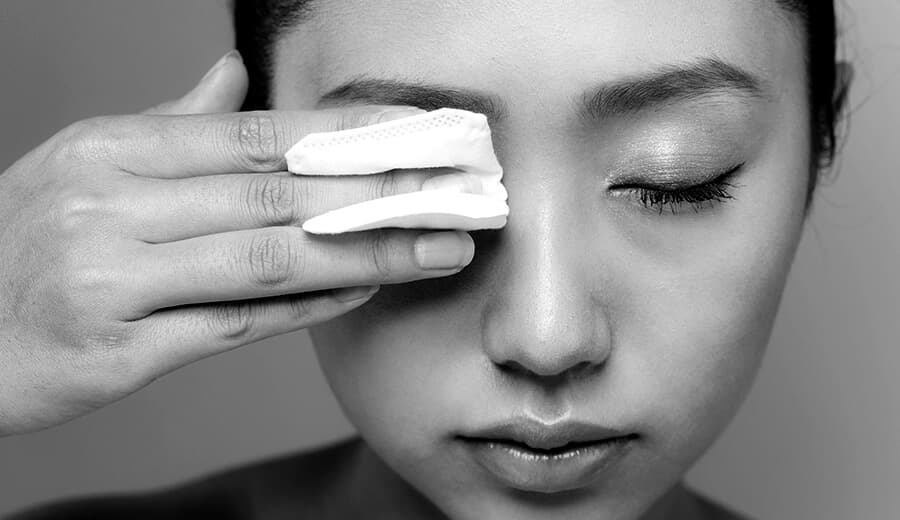February 28th, 2024
Dr. Mulholland, Md
Gynecomastia and chest fat are two common but different health conditions that impact glandular tissue in the chest area. Both conditions can lead to enlarged breasts and tenderness in the chest area in males and females. While there are many similarities in the conditions, the causes can vary. Gynecomastia is a much more serious condition, caused by hormonal fluctuations. Excessive chest fat is typically caused by an unhealthy diet or a lack of physical exercise. Both conditions can have a negative effect on an individual’s self-esteem and lead to an altered appearance.
If you aren’t sure whether you have gynecomastia or chest fat, the best step you can take is to schedule a consultation. A consultation with a plastic surgeon or a medical professional will help you distinguish between the two conditions and get proper treatment.
In this article, we’ll explore the key differences between the two procedures and how you can distinguish between the two.
What is Gynecomastia?
Gynecomastia is a condition where the chest tissue is overdeveloped. This causes excessive fatty tissue beneath the nipple, leading to the appearance of “man boobs” or “moobs.” In some extreme cases, men also develop larger, rounded breasts, similar to the female anatomy.
Symptoms
The main symptoms are firm or fatty breast tissue underneath the nipple. The tissue may appear lumpy, firm, and uneven. Many individuals also have soreness and pain when they touch their nipples or the tissue underneath. The tissue typically appears asymmetrical, and the excess fat does not disappear with lifestyle changes.
Causes
The most common causes of gynecomastia are hormonal imbalances and medication usage. Hormonal imbalances can lead to excess estrogen or testosterone in the male’s body, leading to excess breast tissue similar to the female anatomy. These hormonal imbalances are caused by puberty, obesity, or old age. Gynecomastia is most common during puberty. In most instances, the symptoms of gynecomastia may lessen within 6 to 36 months, depending on the severity. If the symptoms don’t subside, a medical professional may recommend treatment or medication.
What is Chest Fat?
Chest fat is commonly referred to as pseudo-gynecomastia. This is a condition where pockets of fat accumulate in the chest, leading to the appearance of man boobs. The excess chest fat can make a man’s proportions uneven, making them look top-heavy or disproportionate to the rest of their body.
Individuals can get rid of chest fat with lifestyle changes. Focusing on cardio exercises and a healthier diet can help reduce stubborn fat, but it may not eliminate it completely. If a patient wants to see changes in their appearance quickly, a plastic surgeon may recommend treatments like liposuction.
Symptoms
The most common symptom of chest fat is stubborn fat in the chest area. Weight gain can lead to uneven fat distribution in the chest area. This may make your chest appear disproportioned to the rest of your body. This excess fat is softer and fattier than the fat caused by gynecomastia.
Causes
Chest fat is commonly caused by too much body fat. An unhealthy diet or lack of exercise can lead to an uneven fat distribution in the chest area. Individuals who live a sedentary lifestyle are most at risk of developing chest fat.
Gynecomastia vs. Chest Fat Comparison
Gynecomastia and chest fat are two different conditions that have a similar appearance. Understanding the differences can help patients decide if they need to schedule a consultation with a medical provider or if they need to start making meaningful lifestyle changes.
Here’s how these two conditions vary:
| Feature | Gynecomastia | Chest Fat |
|---|---|---|
| Cause | Hormonal imbalances, medications, genetics, puberty | Excess body weight, poor diet, lack of exercise |
| Texture | Firm, glandular tissue | Soft, fatty tissue |
| Symmetry | Can be asymmetrical | Usually symmetrical |
| Pain/Tenderness | Often present | Rarely present |
| Response to Diet/Exercise | Not directly affected | Can diminish with weight loss |
| Treatment | Medication, surgery | Diet, exercise, liposuction |
There are many differences between treatment, texture, and pain. If you have excess breast tissue in the chest cavity, we recommend scheduling a consultation with your medical provider. They’ll run a few different tests and conduct a physical exam to provide you with an accurate diagnosis.
4 Ways to Tell if You Have Gynecomastia or Just Fat
While the only way to know for sure if you have gynecomastia or just chest fat is to get a professional examination, there are a few things you can do at home. This includes:
Examining Chest Texture
Gynecomastia is made of firm, glandular breast tissue. While chest fat is soft, fatty tissue. While examining your chest, if you notice firm, enlarged bumps around the nipple area, you may want to schedule a consultation with a medical provider. However, if the tissue feels soft, fatty, and more evenly distributed, it’s likely just chest fat.
Pain Tolerance
Mild to moderate pain in the chest area is a sign that you may have gynecomastia. If your chest is tender or painful to touch, consider scheduling a consultation with a medical provider. If the enlarged tissue in your breasts or around the chest cavity is fatty and not painful, it’s likely just fat.
Response to Diet and Exercise
Stubborn chest fat should decrease if you adjust your diet or incorporate more physical activity in your daily routine. If you notice a change in appearance after making consistent changes, it’s likely just chest fat. However, there are cases when the stubborn fat is challenging to remove on your own. If this is the case, scheduling a consultation is recommended to discuss treatment plans.
Medical Examination
A medical examination is one of the most accurate ways to know if you have gynecomastia or chest fat. A medical professional will use a low-dose x-ray to examine the lumps during the examination. In some instances, they may perform a biopsy or a blood and urine test. Once they’ve performed a complete exam, they’ll provide treatment or medication recommendations based on your results.
Gyno vs. Chest Fat Treatments
Thankfully, there are many surgical and non-surgical treatments patients can consider if they have gynecomastia or chest fat.
The first step is to schedule a consultation with a medical professional or a plastic surgeon. They will provide expert recommendations based on your condition and symptoms. Recommendations for gynecomastia may vary depending on your age, health, and condition. Some of the treatments they may recommend include:
Male Breast Reduction Surgery
Male Breast Reduction surgery is a surgical treatment recommended for candidates with enhanced breast tissue caused by hormonal fluctuations. This procedure will help individuals achieve a more masculine-looking, refined chest and eliminate excess chest fat.
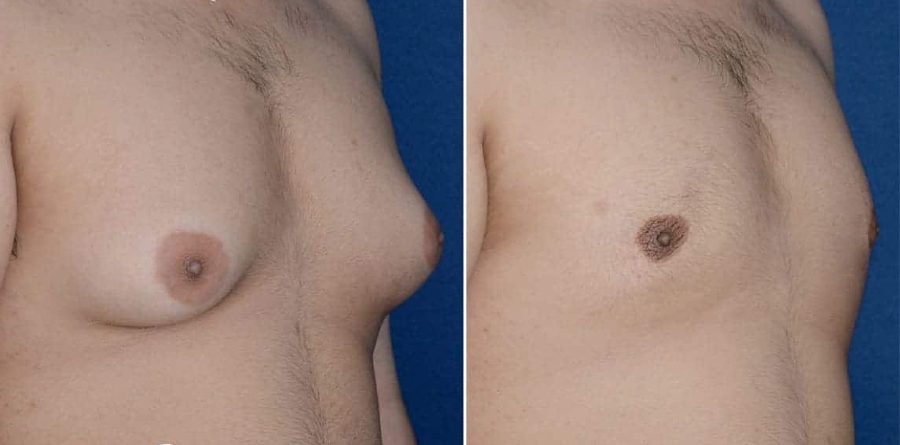
- How to Prepare: Candidates must quit smoking and stop taking aspirin two weeks before the procedure. Six hours before the surgery, candidates must stop eating and drinking.
- Treatment Process: During the procedure, a surgeon will use energy-assisted devices to help contour and redistribute fatty tissue. After, they use a device to remove excess fat from the chest cavity.
- Recovery Time: After the surgery, patients are required to wear a compression garment. They may also need exercise for some minor swelling and discomfort. Patients can return to work and non-strenious exercises three days after the procedure.
- Expected Outcomes: Patients will have a more refined, masculine chest. They may also notice an improvement in posture and self-confidence.
- Risks and Considerations: Patients are at risk of numbness, infection, and bleeding. In rare instances, patients may experience contour irregularities.
Liposuction
Liposuction is a surgical treatment option for individuals with excess chest fat they want to eliminate. This is a minimally invasive procedure that provides near-instant results. It also requires little downtime. Individuals with stubborn chest fat or gynecomastia can benefit from this procedure.
- How to Prepare: Candidates must quit smoking and stop taking aspirin two weeks before the procedure. Six hours before the surgery, candidates must stop eating and drinking. It is also recommended to avoid sun damage the two weeks before surgery.
- Treatment Process: Depending on the zones you’re targeting with liposuction, the procedure typically takes 1-4 hours. Anesthesia is administered before the procedure, so patients shouldn’t experience pain or discomfort.
- Recovery Time: 5-10 days
- Expected Outcomes: Reduces stubborn fat in the target areas.
- Risks and Considerations: There is a risk of infection, contour irregularities, and nerve damage.
Medication
If you’re diagnosed with gynecomastia, a medical professional may prescribe you medication. Medications can help lessen the severity of the symptoms associated with gynecomastia. If a patient still experiences enlarged breasts, they may recommend liposuction or a male breast reduction to help eliminate the excess tissue.
Find a Gynecomastia Surgeon Near You
Gynecomastia and chest fat have different causes and symptoms. If you notice firm lumps in your breasts or have man boobs, it may be a sign that you have gynecomastia.
Gynecomastia can negatively impact your self-esteem and physical appearance. If you’re struggling with gynecomastia and medication doesn’t seem to help, we recommend scheduling a consultation with Toronto Plastic Surgeons at Toronto Plastic Surgeon.
Our team is here to help you navigate the complexities of this condition and provide expert treatment recommendations based on your symptoms and insecurities. Toronto Plastic Surgeons has over 35 years of experience helping patients with gynecomastia and chest fat.
Contact us today to schedule a consultation for your gynecomastia surgery.
FAQ
Do I have gynecomastia?
If you notice firm tissue in your chest area, the first step you’ll want to take is to schedule a consultation with your medical provider. They’ll provide you with expert recommendations for treatment to help alleviate the symptoms associated with your condition.
What does gyno look like?
Gyno is typically made of firm tissue. However, the look and feel can vary from person to person. Many individuals notice firm, lumpy pockets of fat forming under the nipple. This can lead to a puffier appearance and create the look of man boobs or moobs.
What does gyno feel like?
Gynecomastia is made of firm chest fat. Many individuals experience discomfort and mild to moderate pain when touching the breast tissue.
How to lose nipple fat?
If you notice nipple fat, you’ll want first to understand what is causing the excess fat. Scheduling a consultation to receive a diagnosis will help you develop a treatment plan for your condition.
Is gyno bad?
Untreated gynecomastia can impact an individual’s confidence and self-esteem. Many individuals also feel moderate pain and physical discomfort from the condition. Thankfully, there are surgical and non-surgical treatments an individual can consider to lessen the severity of the symptoms.
